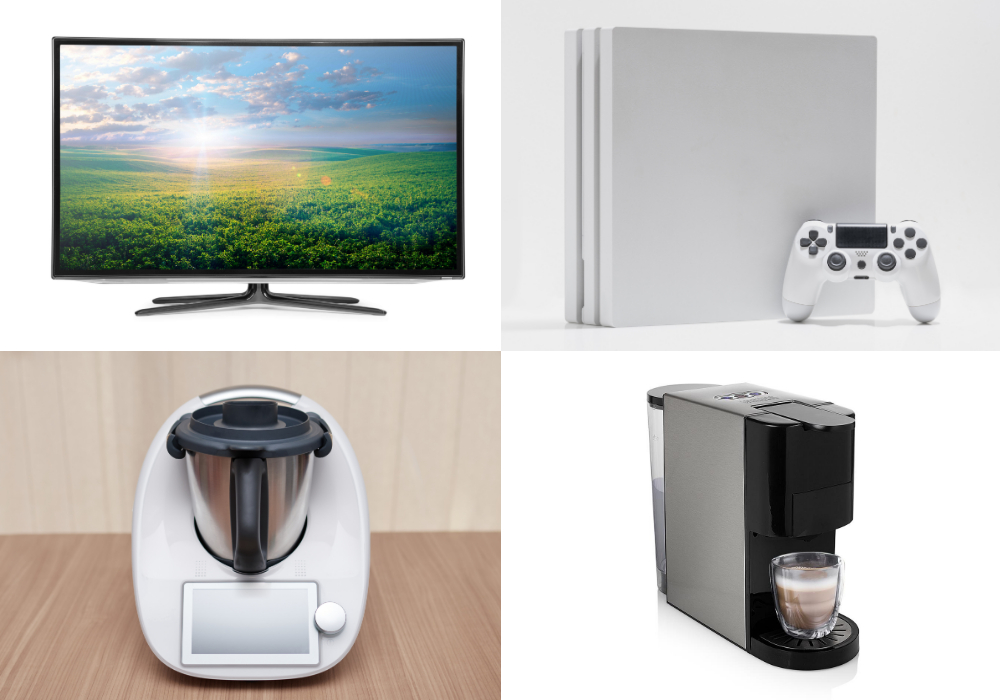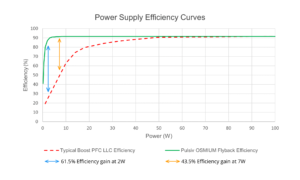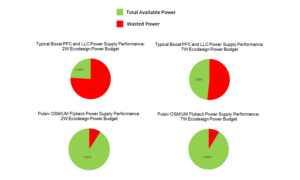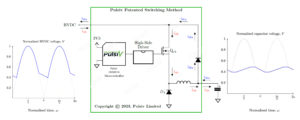
Introduction
The global consumer electronics market is set to reach $1 trillion by 2030 driven by continued demand from households, lifestyle changes and technology innovation. The total number of IoT (Internet of Things) devices will double to 30 billion during the same period as manufacturers continue to develop more advanced, high performance and convenient products that will integrate smart connectivity. While the number of connected devices continues to grow, there are obvious implications for global energy consumption at a time when the world is focused on reducing CO2 emissions, ensuring long-term sustainability, and achieving net zero targets.
COMMISSION REGULATION (EU) 2023/826 was published on April 17 2023 to help address this challenge by introducing updated Ecodesign requirements for electrical equipment operating in standby, networked-standby, and off modes. New power consumption limits and system behaviour will become mandatory from 9 May 2025.
In this article, we’ll analyse:
- How the regulations have changed
- The implications of lower power limits during standby
- How Pulsiv OSMIUM technology can maximise the amount of available power without adding cost
The latest regulations
Ecodesign requirements first introduced standby power limits in 2010 and these have progressively tightened while being applied to a growing number of devices. The latest update recognises technological progress and expands the scope even further. New rules aim to deliver an additional 4 TWh and 1.36 Mt of CO2 savings. The following changes apply:
- From 2025, devices must not consume more than 0.5 Watts in standby or in off mode, or 0.8 Watt if they are on standby while displaying their status or information.
- From 2027, devices must not consume more than 0.5 Watts in standby, 0.3 Watts in off mode, or 0.8 Watts if they are on standby while displaying their status or information
- From 2027, devices in networked standby must not consume more than 2 to 7 Watts
- When equipment is not providing a main function, it must automatically switch to a low power mode in the shortest possible period appropriate for the intended use of the equipment
- When networked equipment is not providing a main function, it must automatically switch to networked standby mode in the shortest possible period appropriate for the intended use of the equipment (20 minutes max)
The impact on product design
Electronic devices will be forced to spend more time in low power modes. While operating in each mode, all necessary functions must be performed within a fixed power budget. Introducing more sophisticated features may increase the power requirements, making this even more challenging. Conventional power supply designs are notoriously inefficient during low power modes as they are usually designed for peak efficiency at maximum output. Reducing energy waste in the AC to DC conversion process will be essential to make more power available in standby modes.
How does Pulsiv OSMIUM technology help?
Pulsiv OSMIUM technology offers a new method of AC to DC power conversion that can reduce losses and increase the total available power, particularly under low-load conditions. The following graph demonstrates the difference between a conventional Boost PFC+LLC power supply and a Pulsiv OSMIUM+Flyback design (both deliver 100W at 48V while supporting universal input):
The Flyback design with Pulsiv OSMIUM technology delivers significant efficiency gains at low loads and maintains a consistent performance as the power increases.
If we apply these efficiency curves to the updated Ecodesign regulations, the total available power and wasted power are dramatically different:

In this example, Pulsiv OSMIUM delivers:
- Almost 4x more total available power at 2W and reduces energy waste by 88%.
- Almost 2x more total available power at 7W and reduces energy waste by 83%
While methods are available to improve traditional designs, these will often involve using multiple power supplies to manage the conversion process at different loads or adding design complexity, cost, and size/weight. Introducing GaN & SiC technology may be used to increase peak efficiency but has a limited effect at low loads where the new regulations apply.
What is Pulsiv OSMIUM technology?
Pulsiv OSMIUM technology uses patented switching techniques to improve efficiency during standby modes and maintain performance across the full load range. Energy waste is significantly reduced by charging a parallel capacitor rather than using a lossy boost PFC inductor. The Pulsiv OSMIUM microcontroller manages the entire AC to DC conversion process and ensures that just enough energy is available to ride through a period when the grid cannot support the load. The capacitor is then discharged by a follow-on DC to DC converter through a simple diode. The voltage on the storage capacitor is regulated at 150V or 180V (pin selectable), which means avoiding larger and more expensive 400V capacitors.

Pulsiv Founder Dr Zaki Ahmed adds: “With tightening limits on standby power effecting billions of devices, many companies will be forced to think differently about the power supply. If they want to use every available watt for important features/functions, conversion efficiency becomes a critical consideration. Pulsiv OSMIUM technology offers a truly unique performance profile that will enable customers to do more within a fixed power budget”
About Pulsiv
Founded in 2013 as a spin out from the University of Plymouth (UK), the company has developed and patented technology to significantly improve efficiency and reduce the energy wasted in power electronics designs used in virtually any mains powered or battery charging application. Pulsiv is committed to helping the world transition to renewable energy and reducing the impact that electronic devices have on the environment.
Useful links:
What is Pulsiv OSMIUM technology click here
Pulsiv OSMIUM microcontrollers click here